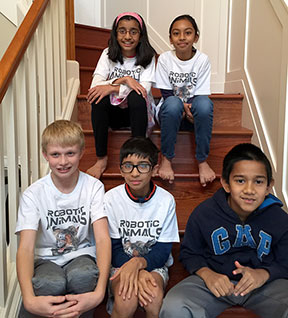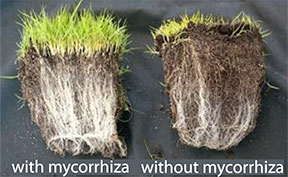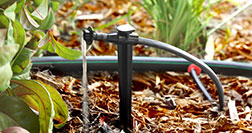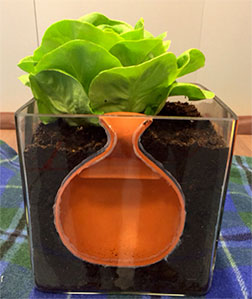 |
Previous Issues |
| Cedar Mill Community Website |
|
Search the Cedar Mill News: Search the Cedar Mill News
|
About The Cedar Mill News |
|
|||||||
| Volume 16, Issue 1 | January 2018 |
||||||
Growing Plants With Less Water
|
|||||||
 |
We are a LEGO robotics team, called the Robotic Animals. This year’s Lego challenge is hydrodynamics. We looked at many problems that are related to water and researched our household water use. The topic we decided to pursue was gardening with less water. We chose this topic because we looked at our water bills and noticed that in the summer our water usage almost triples.
We found out that about 264 gallons of water is used in one household’s garden. According to the EPA 50% of all water used in the garden is wasted. Most gardens are watered by sprinklers. Sprinklers spew out lots of water very quickly which runs off the soil. Runoff goes into the storm drains, which lead to the river. Runoff usually contains fertilizers and pesticides, which create algal bloom. The algae absorbs the oxygen in the river harming the fish.
Here are some of the solutions to this problem.
 |
Mycorrhizal fungus is a beneficial parasite. It acts like a big spider web that absorbs water from far and deep locations in the soil. It provides nutrients and water to the plant when it needs it. Mycorrhizal fungi increases the plant’s root area 100-1,000 times.
Mycorrhizal fungus was discovered by Dr. Mike Amaranthus. While he was studying Sequoia trees he encountered a natural network of mycorrhizal fungi growing underneath the tree. He found that Sequoia trees grown with mycorrhizal fungi were very hardy and that the same trees grown without it very delicate and fragile.
Mycorrhizal fungus have also been used successfully in Africa to get good yields, in spite of the poor soil and low rainfall. It connects itself to the plant’s roots. The fungus only needs 20% of the water it collects. The plant takes the rest of the water. Corn crops grown without mycorrhizae usually produce about two to three ears of corn while those with mycorrhizae produce about five-six ears.
Mycorrhizal fungi can be purchased online from several different vendors, and at some local garden stores. Mix two tablespoons of mycorrhiza with one gallon water to dilute it. Apply it using any of the following ways:
 |
Drip watering is much less wasteful than sprinklers. |
Drip irrigation is a system of tubes with little drippers or sprinklers at the end. Used with a timer, the dripper applies water on a pre-set schedule. Drip irrigation applies water to the plant, sprinklers spray water to the plants’ general area. Drip irrigation can’t spray on grass because there are too many grass blades in one small area. That’s why our team came to the conclusion that grass should be watered using sprinklers and plants should be watered using a drip irrigation method.
 |
Another way to save water is to use small terracotta pots. We bury a terracotta pot in the soil next to our lettuce plant. The pot is filled with water, and it slowly releases the water into the soil when the soil is dry. That way, there is no runoff. This can be combined with drip irrigation by placing the head of a dripper into the pot.
Water is a precious resource, and it is our responsibility to use it wisely. We have to be open minded to adopt new ideas. We need to work together to solve this worldwide problem.
A future article will describe our research on “smart sprinklers” that save water on lawns.
![]()
Like us on Facebook for timely updates
Published monthly by Pioneer Marketing & Design
Publisher/Editor:Virginia Bruce
info@cedarmillnews.com
PO Box 91061
Portland, Oregon 97291
© 2013